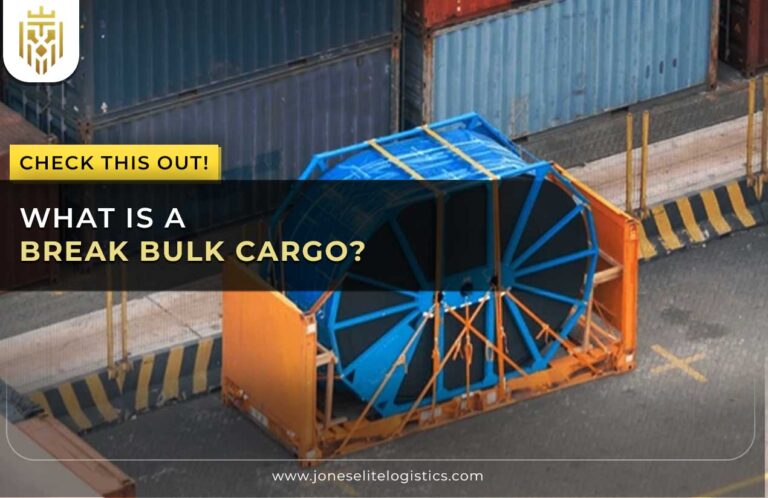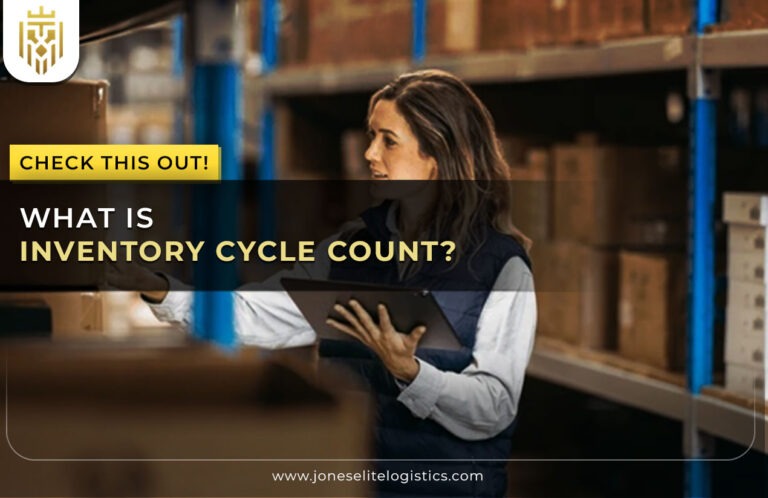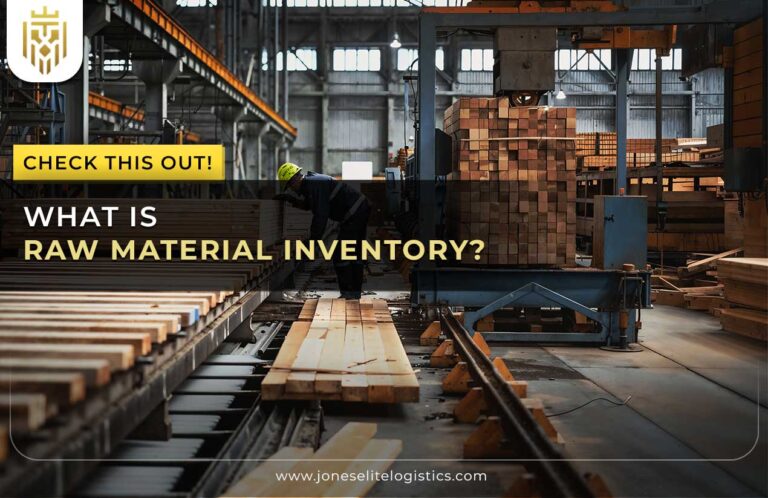What is the Perpetual Inventory System?
When reading about what is perpetual inventory system, one can see that it utilises computerised tools to track finished goods inventory and raw materials in real time. By continuously updating records with every purchase, sale, or manufacturing order, it minimises inventory shrinkage, enhances vendor managed inventory, and supports just-in-time inventory management, ensuring accurate and efficient inventory management.
How does a Perpetual Inventory System work?
A Perpetual Inventory System involves software that tracks inventory changes in real-time using barcodes or RFID. With automated transaction updates and data-driven reorder points, it minimises inventory shrinkage. Detailed reporting enables effective FSN Analysis in inventory management, ensuring businesses can streamline operations while integrating ABC Analysis in inventory management for better inventory control and management efficiency.
What is the difference between a Perpetual and Periodic Inventory System?
The Perpetual Inventory System meaning highlights its real-time updates using automated tools, ideal for managing finished goods inventory and other large inventories. In contrast, periodic systems update records manually at set intervals, suitable for simpler setups. The perpetual inventory system improves accuracy, integrates with just in time inventory management, and reduces errors compared to periodic systems, which rely on physical counts.

Who uses a Perpetual Inventory System?
A Perpetual Inventory System is often seen in businesses with large inventories, such as e-commerce retailers or distributors, who benefit from real-time tracking. Companies specializing in vendor managed inventory, FSN analysis in inventory management, or high-value products use it to manage finished goods inventory, reduce inventory shrinkage, and enhance efficiency across diverse or complex inventory structures.
When would you use a Perpetual Inventory System?
Businesses with high inventory volumes, multiple locations, or rapid growth benefit from this system. It’s essential for vendor managed inventory, ABC analysis in inventory management, or just in time inventory management, providing real-time data to optimize operations, track finished goods inventory, and prevent inventory shrinkage effectively.
Types of Perpetual Inventory System:
A Perpetual Inventory System involves two methods: FIFO and LIFO – to value stock. The approaches described in this article help businesses perform FSN Analysis in Inventory Management and elaborate on the records of Finished Goods Inventory. FIFO and LIFO also connects with just in time inventory management and calculates the right valuation of the inventory, thus ensuring low inventory shrinkage during peak demand cycles.

FIFO:
In a Perpetual Inventory System, FIFO (First-In, First-Out) method prioritises selling older inventory first, reducing spoilage and ensuring accuracy for ABC analysis in inventory management. Used to track finished goods inventory, vendor managed inventory and maintains ledger consistency, it is a must have tool for businesses that need precision in stock and cost tracking.
LIFO:
In the context of what is Perpetual Inventory Systems, the LIFO (Last-In-First-Out) method is great for inflation to keep taxable income in check. It supports FSN analysis in inventory management, finished goods inventory tracking, and inventory shrinkage reduction while helping businesses that focus on modern inventory cost alignment with sales revenue.
Perpetual Inventory Formulas:
Perpetual Inventory System formulas like COGS, EOQ, and Gross Profit Margin calculate inventory costs, optimal order quantities, and profitability. They enable businesses to maintain precise stock levels and assess financial performance effectively.

COGS:
The Cost of Goods Sold (COGS) formula in a perpetual inventory system calculates inventory flow efficiently:
COGS = Beginning Inventory + Purchases – Ending Inventory.
This formula integrates with ABC analysis in inventory management, ensuring accurate cost tracking for finished goods inventory, reducing inventory shrinkage, and improving profitability analysis.
EOQ:
Economic Order Quantity (EOQ) minimises ordering and holding costs in a perpetual inventory system. EOQ = √((2 × Demand × Ordering Cost) / Holding Cost). It complements just in time inventory management by maintaining stock at optimal levels, improving cash flow and enabling precise vendor managed inventory decisions for finished goods inventory.
Gross Profit Margin:
Gross Profit = Revenue – COGS.
The Perpetual Inventory System ensures accurate gross profit tracking by real-time updates in finished goods inventory. It reduces inventory shrinkage, integrates with ABC analysis in inventory management, and provides businesses with insights into production efficiency and financial health.
Advantages Of Perpetual Inventory System:
The Perpetual Inventory System offers real-time data, reduced Inventory Shrinkage, cost savings, enhanced accuracy, detailed tracking, and seamless integration with methods like Vendor Managed Inventory and ABC Analysis in Inventory Management, improving efficiency and decision-making.

Records Data in Real Time:
Finished goods inventory in a perpetual inventory system does real time updates which helps in maintaining accurate records and reducing inventory shrinkage. FSN analysis for inventory management and vendor managed inventory also supported by it, that allows businesses to forecast demand, avoid stockouts and optimize operations for better profitability and efficiency. In addition, this system allows identifying and eliminating inventory flow inefficiencies for better operational outcomes.
Reduces Inventory Cost:
The Perpetual Inventory System focuses on reducing costs by providing precise stock data. Businesses can avoid overstocking or under-stocking, free capital and minimize unnecessary storage or operational expenses with integration into ABC analysis in inventory management and just in time inventory management. It also assists businesses to deploy limited resources more strategically to achieve greater financial and operational efficiency.
Provides a Detailed Paper Trail:
The Perpetual Inventory System stores all inventory movements in a comprehensive way for FSN analysis in inventory management and inventory shrinkage detection. This paper trail allows for audits, to optimize finished goods inventory and to increase transparency in supply chain operations. Moreover, it also ensures compliance with industry regulations and internal policies, enhancing accountability and reliability of inventory management.
Calculates End of Year Inventory Balance:
A Perpetual Inventory System makes year-end inventory calculations much simpler with continuous updates. This helps vendor managed inventory, ABC analysis in inventory management, and finished goods inventory management to have accurate financial reporting, reduce inventory shrinkage and give actionable insights for strategic planning. Beyond that, it provides companies with a way to make data-driven decisions regarding inventory forecasting and budget alignment.
FAQs
1. What is Perpetual Inventory System?
Perpetual Inventory System is a system that tracks inventory in real time as every transaction takes place, updating stock levels and values. It gives accurate data for better management and the tools such as RFID and Just in Time Inventory Management.
2. What is the difference between a Perpetual and Periodic Inventory System?
A Perpetual Inventory System updates inventory records in real time, which is accurate and integrated, while a Periodic Inventory System updates records based on intervals, which are cost efficient, but requires manual counts for stock and COGS adjustments.
3. What are the Types of Perpetual Inventory System?
FIFO and LIFO methods are used in Perpetual Inventory systems to value inventory. FIFO prioritises older stock sales and LIFO prioritises recent purchases sales when transactions or financial periods occur, affecting COGS calculations and inventory valuation differently.
4. What are the Advantages of Perpetual Inventory System?
Real time tracking, lowering inventory shrinkage, automatic reorder points, improved forecasting, lowered costs, and detailed audit trails are all advantages. These systems also provide finished goods inventory management and integration with FSN analysis in inventory management based tools.







